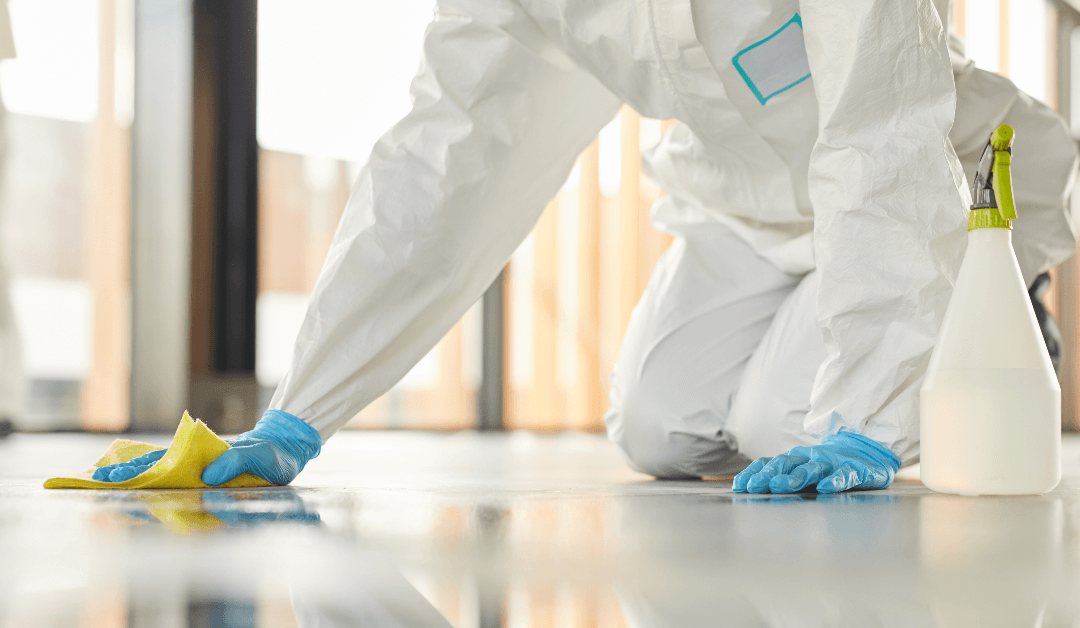Interstate traffic is jammed to the gills. Industrial smokestacks are billowing in the wind. When we think about air pollution, these are just a handful of the pictures that come to mind. But what about pollution in the home? Do you ever consider how safe the air in your home is?
The truth is that indoor air pollution is just as harmful – if not worse – than outdoor pollution. And, given that the average American spends 87 percent of their time indoors, you’d think we’d hear about indoor air quality more frequently. But don’t be alarmed! You can enhance the quality of your indoor air now with a little preventative maintenance and some basic understanding.
The Most Common Indoor Air Pollution Sources
The list of the worst offenders is endless:
Triggers for Allergies
You can be sure that the dust in your home is a nasty concoction that you don’t want to be trapped in! Add skin and hair particles from your pets to the mix if you have them. The mixture of these biological particles is harmful to the lungs and the respiratory system as a whole.
Mold and Dust
It is first on the list of allergy triggers, and many of our older homes contain much too much of both. Dust is an unavoidable part of life. Furthermore, several homes undervalue the dangers of standing water or an overly wet environment in general, as bacteria flourishes in both.
How Can We Clean Up Indoor Air Pollution?
Replace Your Air Conditioner’s Filter
While air conditioners circulate all that air, they filter out some of the most common pollutants. Their air filters eventually become clogged and cease to function. Not only does this harm your interior air quality, but it also wears out your air conditioning system, perhaps resulting in pricey repairs down the line. So, change your AC filters on a regular basis, or acquire an air conditioning service plan that usually includes a filter change – especially if you have allergies or live in a polluted metropolitan area.
Other Air Filters Should Not Be Overlooked
Check the air filters in your other household appliances if you truly want to improve the air quality in your home. Vacuum cleaners, dryers, and kitchen vents should all be inspected and maintained on a regular basis. Cleaning or replacing these popular household filters every few months is suggested.
Examine Your Air Ducts
Air ducts are essential for moving hot and cold air throughout your home, ensuring that each area has a pleasant temperature. However, if ducts are not constructed or maintained properly, toxins can be transferred from one area to another. Dust, dander, and even mold can build up in your ducts over time, lowering the overall air quality. Make sure your ducts are circulating fresh, clean air by hiring an expert.
Make Use Of The Cooking Vents
Indoor air pollution in Kitchen is a major source . Carbon monoxide and nitrogen dioxide, among other pollutants, are released by gas burners. Even electric burners emit the same toxins, as well as other particles that are easily absorbed into your circulation in lesser amounts. So, when you’re cooking, make sure to open a window or turn on your kitchen vents to assist filter the air even more.
Maintain The Cleanliness Around Your Rugs And Carpets
Rugs and carpets have other impacts than just making your house more comfortable. They work as air filters by catching dust and other particles in their many threads. Cleaning your carpets and rugs on a weekly basis will ensure that they continue to work for you, increasing the air quality in your home simply by lying there!
Purchase Indoor Plants To Help Purify The Air
Plants act as natural air purifiers. Investing in a few indoor plants can help enhance your home’s indoor air quality while also adding to the decor. The greatest options for removing pollutants from the air are small plants like ferns and lilies (which blossom indoors) and larger palm trees.
It takes diligence and preventative maintenance to keep the air in your home clean and breathable. Consider scheduling an appointment with a professional cleaner to help keep your air clean now that you’ve learned a few simple things you can do to prevent indoor air pollution.


Recent Comments